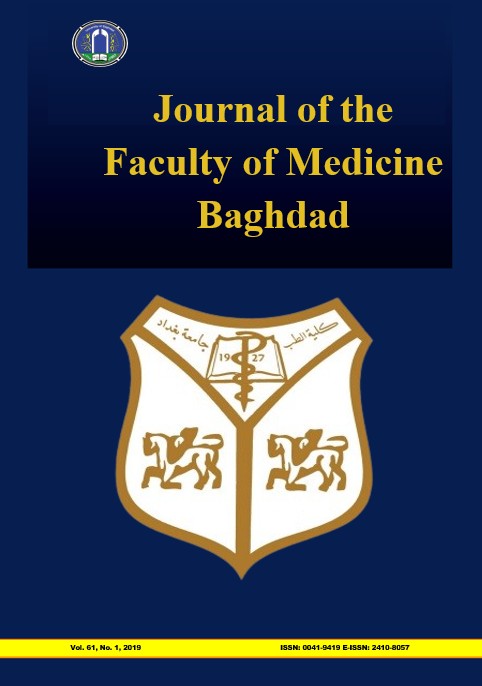Make a Submission
Journal Information
Journal Info
![]()
Publisher: College of Medicine,
![]()
Print ISSN: 0041-9419
Online ISSN: 2410-8057
![]()
Journal of the Faculty of Medicine Baghdad (JFacMed Baghdad) is peer-reviewed and open-access.
![]()
Editor-in-Chief:
Prof. Dr. Faris H. Al Lami
Managing Editor:
Assist. Prof. Dr. Rand R. Hafidh
![]()
Published Quarterly
New Series 1959: January, April, July & October
2000-2023: April, July, October, and January of next year
2024 onwards (on the 1st of April, July, October, & 31st of December)
New: From 2025 onwards, the "Online-First model for publication will be considered.
![]()
Each published paper in the Journal of the Faculty of Medicine Baghdad has a digital object identifier (DOI) number.
![]()
Time to first decision: 10 days Time to acceptance: 150 days Acceptance rate: 28%
Ceative Commons
This work is licensed under  Creative Commons Attribution 4.0 International license..
Creative Commons Attribution 4.0 International license..
Information
Developed By
Ethical_Considerations
CLOCKSS
Contact us
Website: http://www.iqjmc.uobaghdad.edu.iq ![]()
![]()
![]()
![]()
![]()
![]()
Email: [email protected]
Mobile: 009647709826825.
Working Days: Sunday to Thursday (09:00 am-02:00 pm).
Address: Journal of the Faculty of Medicine Baghdad, College of Medicine, University of Baghdad, Baghdad. Bab Al Muadham, Baghdad, Iraq.
PO box 61023, code 12114.














